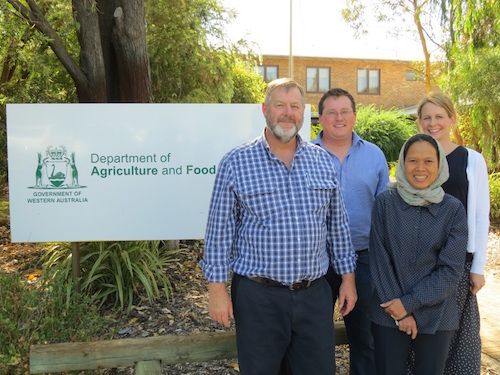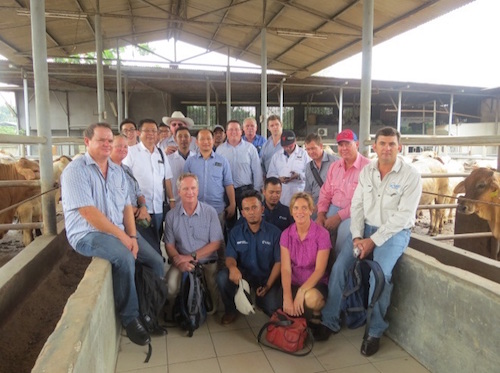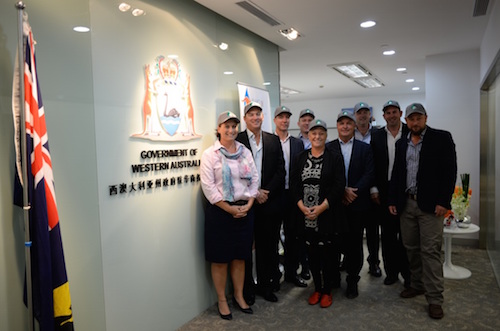Finding new markets for WA beef and live cattle
Host: Northern Beef Futures
Written by Northern Beef Futures Team – Department of Agriculture and Food, WA State Government.
Today’s blog is all about our work to assist the northern beef industry to access multiple markets and create new supply chain options for WA beef and live cattle.
The Department of Agriculture and Food’s (DAFWA) Northern Beef Futures (NBF) project, funded by the State Government’s Royalties for Regions program, has an agribusiness and food development manager, based in the WA Trade and Investment Office in Jakarta. Ms Puteri is our manager, helping to increase the value of our established and new export markets for WA beef and live cattle in Indonesia and she also promotes other Western Australian agriculture and food products.
Puteri works with businesses and conducts market analysis to identify potential value-adding, trade, and investment opportunities for Western Australia’s agriculture and food businesses. In 2014-15, Indonesia was Western Australia’s second largest agrifood export market, valued at more than one billion dollars, and the largest market for live beef cattle, valued at 91 million dollars.
 Puteri (front) with DAFWA’s Northern Beef Futures Project Manager Brad McCormick, Supply Chain Development Manager Manus Stockdale, and Asian Market Success Manager Courtney Draper on a recent visit to Western Australia.
Puteri (front) with DAFWA’s Northern Beef Futures Project Manager Brad McCormick, Supply Chain Development Manager Manus Stockdale, and Asian Market Success Manager Courtney Draper on a recent visit to Western Australia.
Improved market intelligence and insights on Indonesia will enable Kimberley and Pilbara producers to better target the preferences of Indonesian customers, resulting in increased market share and value. By understanding end consumer preferences and needs, the Western Australian beef industry will be better placed to supply a higher value product into premium and differentiated high end retail and food service markets. We are testing and evaluating the potential to export different lines of WA cattle to Indonesia, including the supply of productive heifers from the Kimberley and Pilbara regions for cattle breeding projects.
Puteri has visited Western Australia before, but she is looking forward to visiting the Kimberley and Pilbara regions later this month and travelling to stations with a delegation from Indonesia to gain a first-hand experience of the cattle industry in the north. Our project also leads market insights delegations from the WA beef supply chain to other countries, targeted by the NBF project including China, Indonesia, and Vietnam.

In April 2015 we led a WA beef supply chain delegation to Vietnam and Indonesia to gain a better industry understanding of the marketplace and end users of WA products. We visited several feedlots and abattoirs that are all part of the Exporter Supply Chain Assurance System (ESCAS) that ensures the control, traceability, and welfare of Australian livestock exported.
We also took the delegation to view local wet markets and modern retail outlets selling Australian beef, which is very popular and widely sold in supermarkets in Indonesia. On return members of the delegation shared their insights at an industry forum in Broome. In November 2015 we also led a delegation to China to build relationships and better understand the markets and opportunities for WA beef.

The future for the northern beef industry looks very bright, with the global demand for beef set to remain strong.
DAFWA’s Northern Beef Futures project is funded by the State Government Royalties for Regions program. If you would like to know more visit our webpage on the DAFWA website.
